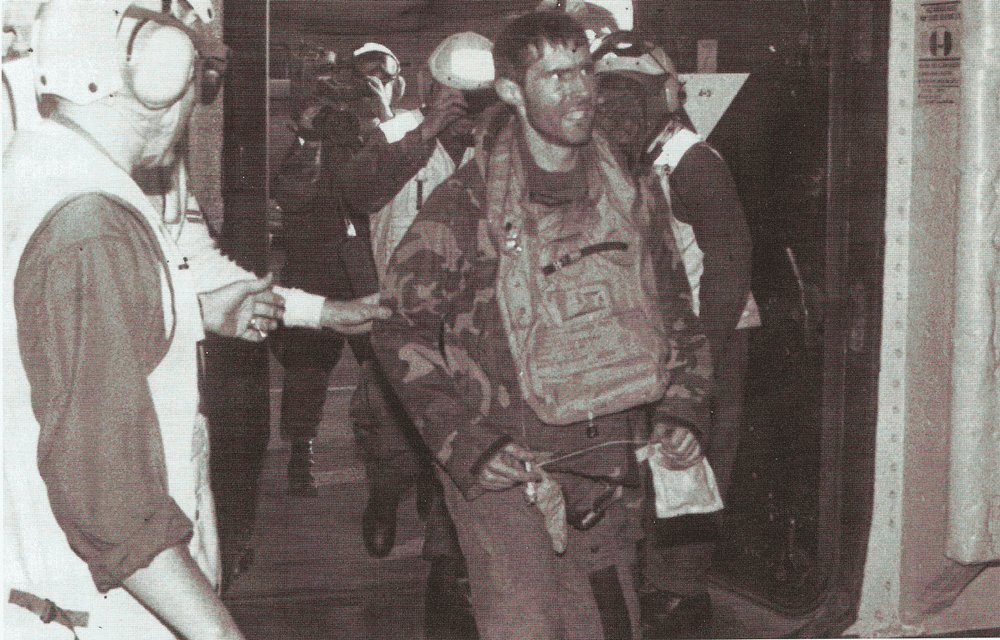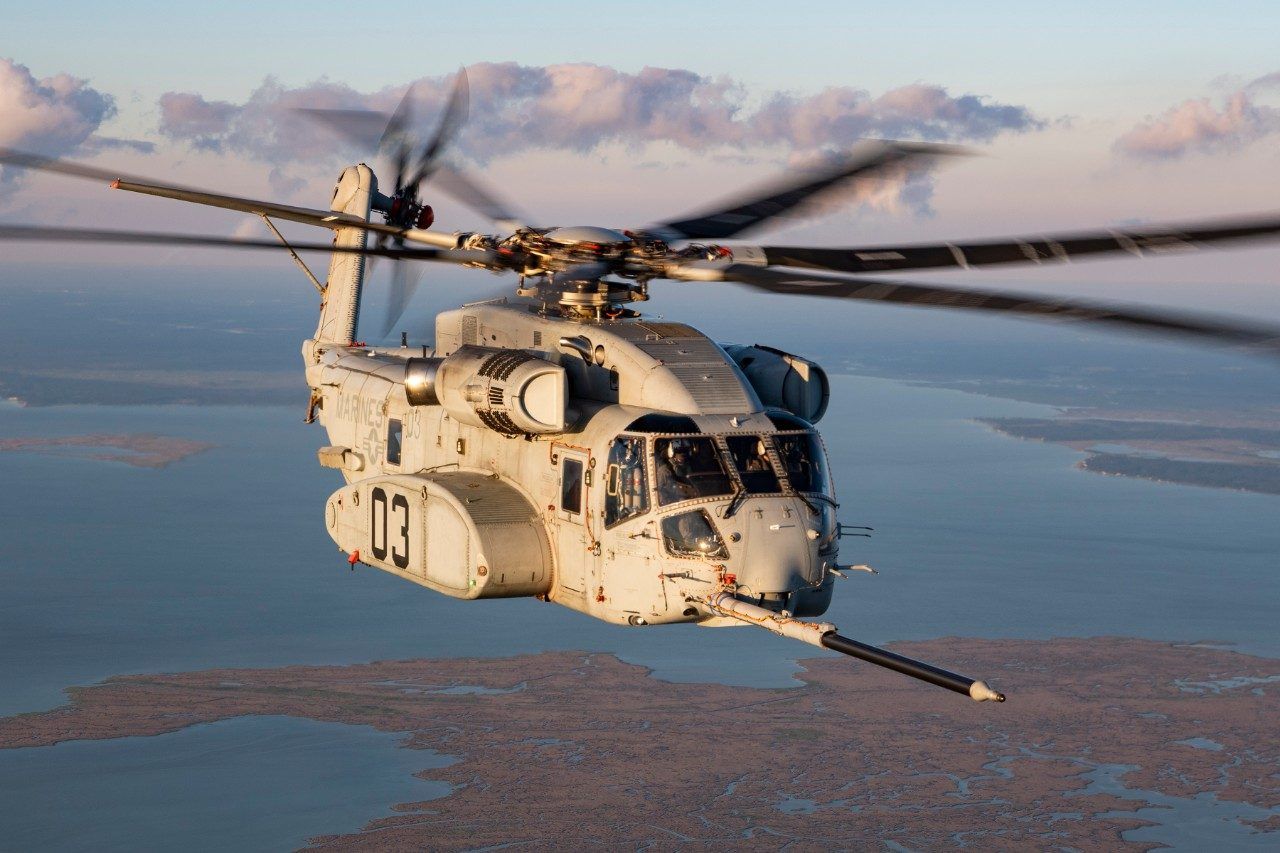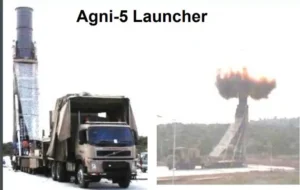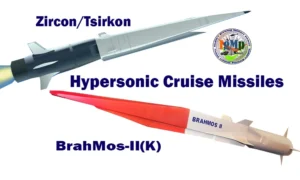On June 2, 1995, a routine combat air patrol mission over northwest Bosnia took a harrowing turn for US Air Force F-16 pilot Scott O’Grady (callsign Basher Five-Two) and his wingman Bob “Wilbur” Wright (callsign Basher Five-One).
Flying as part of the 555th Fighter Squadron, also known as the “Triple Nickel,” from Aviano Air Base in northeastern Italy, the duo was tasked with enforcing the NATO no-fly zone policy in the skies over Bosnia.
As they soared through the skies in a standard “two-ship” formation, O’Grady and Wright were vigilant, aware of known fixed missile sites along their route. However, intelligence units had failed to detect a mobile site.
The tension escalated when Wilbur detected a potential threat radar to the east, prompting a series of radio exchanges and communication with NATO’s airborne command center, codenamed Magic.
Even though Magic had assured Wilbur that his report was unverified, O’Grady’s threat warning system unexpectedly lit up.


Two 2K12 Kub missiles, launched without radar assistance to avoid detection, closed in on their targets. O’Grady found himself in the crosshairs, and a sense of impending doom enveloped him.
In the tense airborne scenario, O’Grady swiftly engaged in evasive maneuvers. The first missile zoomed perilously between him and Wilbur, narrowly averting a catastrophic outcome.
Shortly after, a subsequent missile struck O’Grady’s F-16, resulting in significant damage. Plunging uncontrollably towards the Earth, O’Grady confronted the stark reality of the situation, with his cockpit engulfed in flames and chaos.
Following that, O’Grady initiated the ejection sequence. A parachute blossomed, slowing his descent into a wooded area just south of a highway. The enemy, undeterred, pursued him on the ground. O’Grady faced a new challenge: evading Serbian paramilitary forces hungry for his capture.
Later on, the military discovered that a U-2, a reconnaissance plane known for its high-altitude capabilities, had detected an illumination from the elusive mobile site just moments before O’Grady’s aircraft was hit. Yet, it couldn’t relay the crucial message to the two pilots in time.
How Did O’Grady Survive Behind Enemy Lines?
It took O’Grady over 25 minutes to descend into an open area just south of a highway, the distinct colors of his parachute making him easily visible. During his descent, O’Grady witnessed paramilitary soldiers chasing him, and despite being unable to control his parachute’s direction, he was fortunate that they chose not to open fire.
Amidst the crisis, O’Grady suffered burns to his face and neck from the explosion. With enemy forces closing in, as soon as he touched the ground, he removed his parachute, gathered survival gear, and hurried into the nearby woods.
However, he frequently found himself in close encounters with the enemy. In the initial two days, a helicopter flew in such proximity that he could see the faces of the Serbian pilots. Additionally, men on the ground fired at anything that showed movement.
O’Grady, navigating through the night, attempting radio calls for help, and coping with wet conditions, thirst, and hunger, found himself resorting to unconventional measures.
He began eating ants and plants and relied on the dwindling water in his emergency pack until it ran out on the fourth day. The rain did provide some water, but also saturated him, leading to trench foot from prolonged exposure to the cold water.


Finally, on the sixth night, a glimmer of hope emerged. Using his call sign, Basher Five-Two, O’Grady contacted fellow squadron mate Capt. T. O. Hanford, who was flying on low fuel.
The desperate plea for rescue triggered a daring mission. Four US Marine Corps helicopters, escorted by 40 other aircraft, ventured more than 80 miles into enemy territory.
On June 8, 1995, at the crack of dawn, O’Grady emerged from the woods, 9mm pistol in hand, as the Marines covered him.

Two CH-53E Super Stallions, accompanied by AH-1W Super Cobra helicopter gunships, executed a flawless extraction. O’Grady emphasized that those Marines were the genuine heroes.
In the aftermath, O’Grady reflected, “I was just doing my job,” acknowledging the extraordinary courage and teamwork that marked his dramatic escape from the clutches of the Bosnian wilderness and the relentless pursuit of enemy forces.
Within days of the dramatic events on June 8, 1995, O’Grady’s face was thrust into the spotlight, capturing the nation’s attention. In September of that year, O’Grady transitioned into the Air Force reserves, where he continued his service until ultimately leaving the military in 2001.
Subsequently, he diversified his career and emerged as an accomplished author, sought-after speaker, influential spokesperson, astute investor, and enterprising entrepreneur. His journey took another significant turn in 2020 when he was appointed to a senior position within the Department of Defense.








